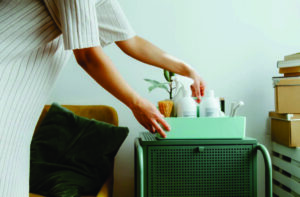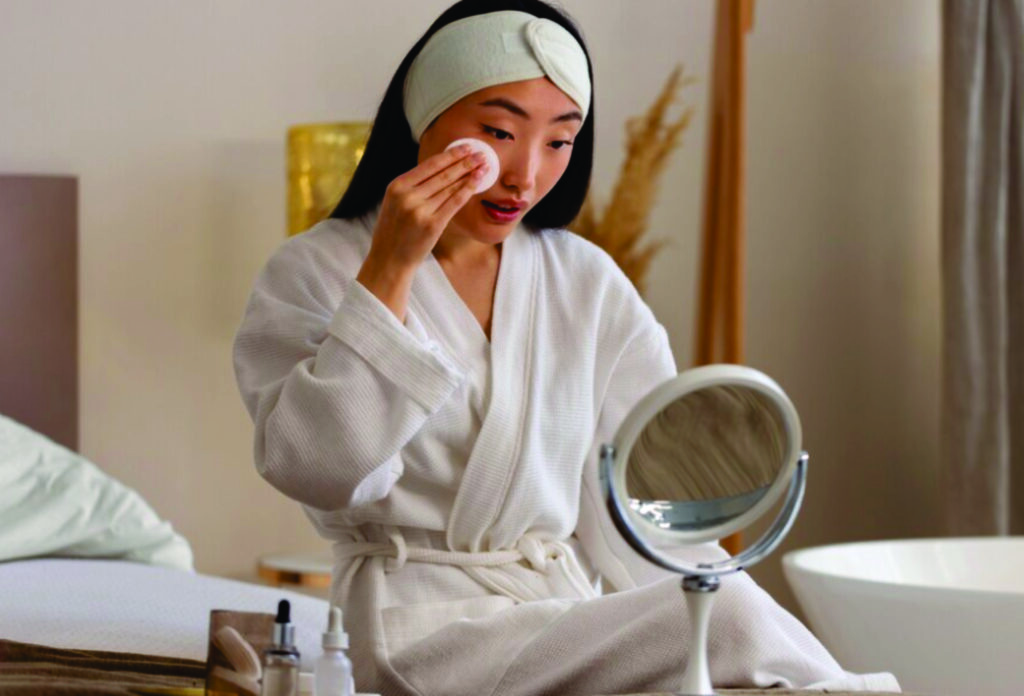Proper homemade product storage is essential for maintaining quality and extending shelf life. Making DIY beauty and personal care items allows full control over ingredients and freshness, but without correct storage, they can spoil quickly. Factors like heat, air, and moisture impact product stability, leading to reduced effectiveness and safety risks. In this guide, we explore the best storage practices to keep homemade products fresh and long-lasting.

Why Proper Storage Matters
Unlike commercial products, homemade formulations lack strong synthetic preservatives. This makes them more vulnerable to contamination and breakdown. Exposure to heat, light, and air can cause oils to spoil, emulsions to separate, and active ingredients to degrade. Proper storage methods help maintain product effectiveness, prevent spoilage, and ensure safety.
Choosing the Right Storage Containers
Selecting appropriate containers plays a significant role in preserving homemade products. The wrong packaging can lead to faster deterioration and contamination.
Best Containers for Homemade Products
- Glass Jars and Bottles – Chemically stable, non-reactive, and perfect for storing creams and serums.
- Amber or Dark Glass – Protects light-sensitive ingredients such as essential oils and botanical extracts.
- Airless Pump Dispensers – Reduces air exposure and bacterial contamination, keeping formulations fresh.
- BPA-Free Plastic Jars – Lightweight and durable, ideal for body butters and thicker creams.
Using airtight and opaque packaging helps protect products from oxidation, UV damage, and microbial contamination.
Key Factors That Affect Shelf Life
Several factors influence how long homemade products remain safe and effective. Understanding these elements allows better storage and preservation choices.
Temperature and Humidity
- Store products in a cool, dry place to prevent spoilage.
- Avoid keeping items in the bathroom, where humidity can encourage bacterial growth.
- Refrigerate formulations containing perishable ingredients like aloe vera, fruit extracts, or dairy.
Ingredient Stability
- Oils high in unsaturated fats (e.g., flaxseed oil) spoil faster than stable oils like coconut or jojoba.
- Water-based formulations need preservatives to prevent microbial contamination.
- Essential oils and herbal extracts offer mild preservation but do not replace proper preservation methods.
Exposure to Air and Light
- Close lids tightly to prevent oxidation and moisture contamination.
- Use opaque or UV-protected containers to shield ingredients from light exposure.
How to Extend the Shelf Life of Homemade Products
Implementing best storage practices can significantly extend the usability of homemade skincare and haircare items.
Natural Preservatives That Help Maintain Freshness
- Vitamin E Oil – Reduces oxidation in oil-based formulas.
- Rosemary Extract – Preserves oils and butters, slowing rancidity.
- Grapefruit Seed Extract – Provides mild antimicrobial protection in emulsions.
- Leucidal Liquid – A natural antimicrobial derived from fermented radish, commonly used in water-based products.
While these ingredients extend shelf life, they must be paired with good storage and hygiene practices.
Hygiene Practices to Prevent Contamination
- Wash hands before handling ingredients or finished products.
- Use sterilized containers and utensils to reduce microbial exposure.
- Avoid dipping fingers into jars; opt for a clean spatula or pump dispenser.
Refrigeration for Perishable Ingredients
- Refrigerate products containing fresh ingredients like yogurt, cucumber, and aloe vera.
- Store homemade masks, lotions, and toners in the fridge to extend freshness.
- Label refrigerated items with preparation and expiration dates.
How to Identify Expired Products
Even with proper storage, homemade products eventually expire. Recognizing spoilage signs helps avoid irritation and potential infections.
- Unusual Odor – A sour or rancid smell indicates spoilage.
- Separation or Texture Changes – Emulsions breaking or clumping suggest instability.
- Mold or Discoloration – Any visible mold growth or color shift signals contamination.
- Skin Reactions – If a product causes irritation, it may no longer be safe to use.
If any of these signs appear, discard the product immediately.
Labeling and Expiry Tracking
Proper labeling helps track product freshness and prevents the accidental use of expired items.
What to Include on Labels
- Product name
- Key ingredients
- Date of preparation
- Recommended shelf life
General Shelf Life Estimates
- Oil-based serums & balms – 6-12 months
- Lotions & creams with preservatives – 3-6 months
- Water-based products without preservatives – 1-2 weeks (must be refrigerated)
- Fresh masks & scrubs – 3-7 days (must be refrigerated)
Keeping a usage log ensures better product rotation and minimizes waste.
Proper storage and shelf life management are essential for maintaining the safety and effectiveness of homemade products. Choosing the right containers, controlling environmental factors, and using natural preservatives significantly extend product freshness. Additionally, following hygiene protocols and labeling products ensure optimal quality. By implementing these best practices, you can enjoy high-quality, long-lasting homemade skincare and haircare items with confidence.
According to the National Institutes of Health (NIH), proper storage conditions significantly impact the stability and safety of homemade skincare products, reducing the risk of contamination and spoilage.
The Economics of DIY Haircare: Comparing the Costs of DIY and Professional Products
How to Balance Nutrition for Healthy Skin and Hair on a Vegan Diet? – Key Nutrients to Consider

I’m Victoria, the creator behind Eva My Balance. Passionate about beauty, wellness, sustainable living, and mindful self-care. My mission is to inspire you to live consciously and beautifully—inside and out.


